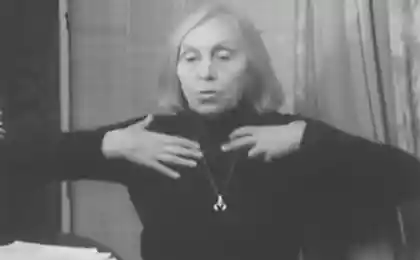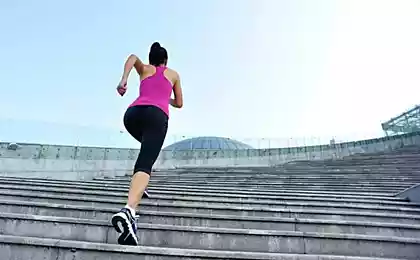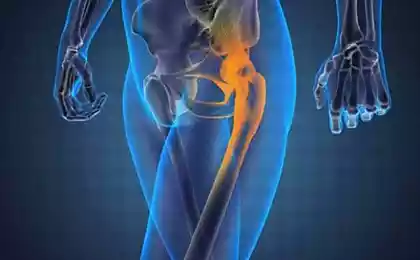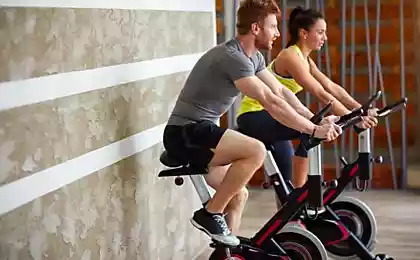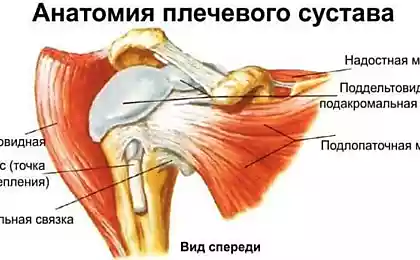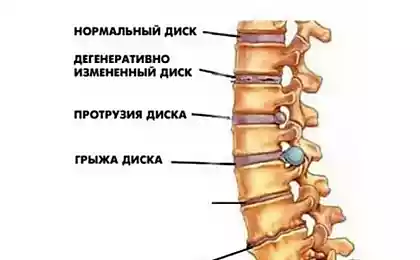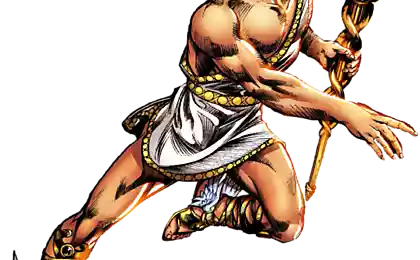536
This exercises help to detect problems with the spine and not only
This exercises help to draw your attention to the presence of various problems in the lumbar spine and hip. This will help you to compile an individual course of isometric training.
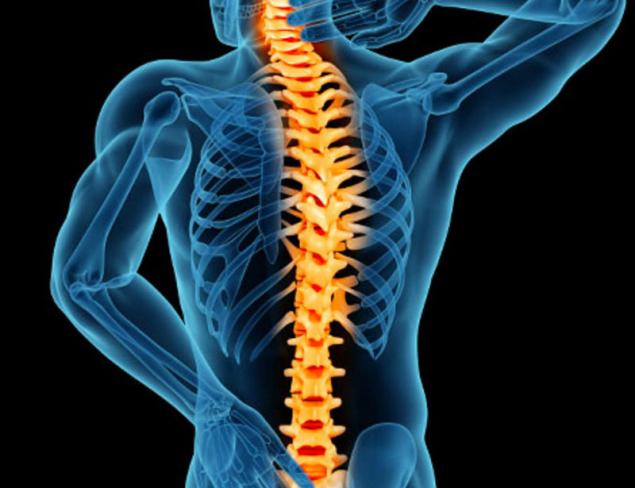
1. Test of mobility in the lumbar spine
Starting position – standing, feet on width of shoulders. Your fingers feel bony projections of the spine in the midline of the lower back is the spinous processes of the vertebrae. Place on the adjacent spinous processes of 2nd and 3rd finger of one hand. Hold fingers on my spine, slowly bend forward and down. If the slope you feel the spinous processes will move apart and the distance between the fingers increases mobility of the vertebrae is normal. If several attempts distance does not change and you do not feel the differences of vertebrae MAY be a limitation in the lumbar spine.



A limitation of the lumbar vertebrae may be the consequence of inflammatory lesions of the spine and require treatment from a neurosurgeon.
2. Test diagnosis of hypermobility syndrome (increased flexibility) of the joints
Try to effortlessly pass the proposed test. If you scored 6 points or more – you may have increased mobility (hypermobility) of the joints. In this case, a traditional gym, load on the joints, you should be done with caution and only after consultation with your doctor. The maximum number of points – 9.
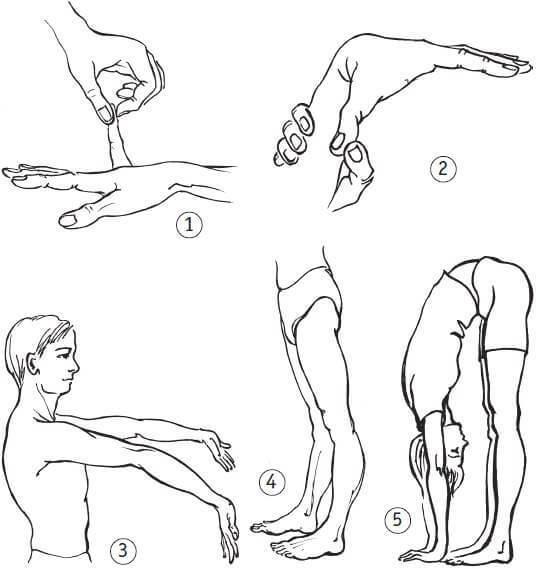
Attention! A healthy person with normal mobility in joints this test to pass will not.
If you suspect the hypermobility of the joints, one should not be upset. In most cases, this condition is asymptomatic, i.e. does not manifest itself. And yet some people on the background of increased mobility of joints, pain in various joints. It is often not associated with rheumatic inflammation or osteoarthritis. However, such patients are inclined to acquire minor wounds and sprains of the ligaments and capsules of the joints, that causes pains. The main treatment of this condition is the gradual strengthening of the ligamentous and muscular apparatus without additional trauma.
Isometric exercises is for patients with joint hypermobility saving and extremely useful, as it allows to avoid injuries of the joints, which from birth, these patients are weakest and at the same time strengthens the muscles and ligaments.
3. How's your hip joints?
In the supine position bend the tested leg at the knee and place the heel on the opposite knee. Now slowly lower the knee to the side. At this point the rotation occurs in the hip joint. In normal you can put your knee down almost to horizontal level without significant difficulty. The limitation of this movement indicates a possible pathology of the hip joint.


Rotation in the hip joint broken in the first place as a result of osteoarthritis. The appearance of limitations of rotation in the hip joint often indicates incipient disease and requires the advice of a podiatrist.
4. General assessment of posture
Evaluate your posture in a tall mirror, looking at myself straight and on the side. Pay attention to the height and symmetry of shoulders, symmetry of shape, beauty and the smoothness of the curves of the spine. Obvious defects of posture will immediately attract your attention. Consult in this case.published

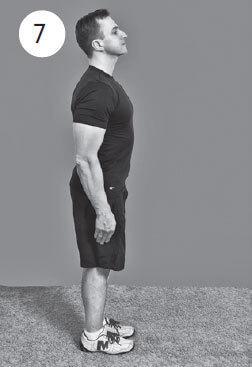

I. Borshchenko "Waist without pain. Unique isometric training"
Bolw back: sciatica, or inflammation of the kidneys?
Simple exercises to improve the functioning of the endocrine system
Source: vk.com/wall-23903469?w=wall-23903469_10497%2Fall

1. Test of mobility in the lumbar spine
Starting position – standing, feet on width of shoulders. Your fingers feel bony projections of the spine in the midline of the lower back is the spinous processes of the vertebrae. Place on the adjacent spinous processes of 2nd and 3rd finger of one hand. Hold fingers on my spine, slowly bend forward and down. If the slope you feel the spinous processes will move apart and the distance between the fingers increases mobility of the vertebrae is normal. If several attempts distance does not change and you do not feel the differences of vertebrae MAY be a limitation in the lumbar spine.



A limitation of the lumbar vertebrae may be the consequence of inflammatory lesions of the spine and require treatment from a neurosurgeon.
2. Test diagnosis of hypermobility syndrome (increased flexibility) of the joints
Try to effortlessly pass the proposed test. If you scored 6 points or more – you may have increased mobility (hypermobility) of the joints. In this case, a traditional gym, load on the joints, you should be done with caution and only after consultation with your doctor. The maximum number of points – 9.

Attention! A healthy person with normal mobility in joints this test to pass will not.
- • Straighten the little finger into 90° (1 point with each hand, Fig. 1).
- • Bring your thumb through the side and back to the contact with the forearm (1 point with each hand, Fig. 2).
- • Straighten the elbow joint 10° (1 point with each hand, Fig. 3).
- • Straighten the knee by 10° (1 point from each leg, Fig. 4).
- • Touch palms to floor without bending the knees (1 point, Fig. 5).
If you suspect the hypermobility of the joints, one should not be upset. In most cases, this condition is asymptomatic, i.e. does not manifest itself. And yet some people on the background of increased mobility of joints, pain in various joints. It is often not associated with rheumatic inflammation or osteoarthritis. However, such patients are inclined to acquire minor wounds and sprains of the ligaments and capsules of the joints, that causes pains. The main treatment of this condition is the gradual strengthening of the ligamentous and muscular apparatus without additional trauma.
Isometric exercises is for patients with joint hypermobility saving and extremely useful, as it allows to avoid injuries of the joints, which from birth, these patients are weakest and at the same time strengthens the muscles and ligaments.
3. How's your hip joints?
In the supine position bend the tested leg at the knee and place the heel on the opposite knee. Now slowly lower the knee to the side. At this point the rotation occurs in the hip joint. In normal you can put your knee down almost to horizontal level without significant difficulty. The limitation of this movement indicates a possible pathology of the hip joint.


Rotation in the hip joint broken in the first place as a result of osteoarthritis. The appearance of limitations of rotation in the hip joint often indicates incipient disease and requires the advice of a podiatrist.
4. General assessment of posture
Evaluate your posture in a tall mirror, looking at myself straight and on the side. Pay attention to the height and symmetry of shoulders, symmetry of shape, beauty and the smoothness of the curves of the spine. Obvious defects of posture will immediately attract your attention. Consult in this case.published



I. Borshchenko "Waist without pain. Unique isometric training"
Bolw back: sciatica, or inflammation of the kidneys?
Simple exercises to improve the functioning of the endocrine system
Source: vk.com/wall-23903469?w=wall-23903469_10497%2Fall
Imam bayaldi: eggplant stuffed with tomatoes Turkish
Eugene Delacroix: the loneliness — the good, necessary for the development
